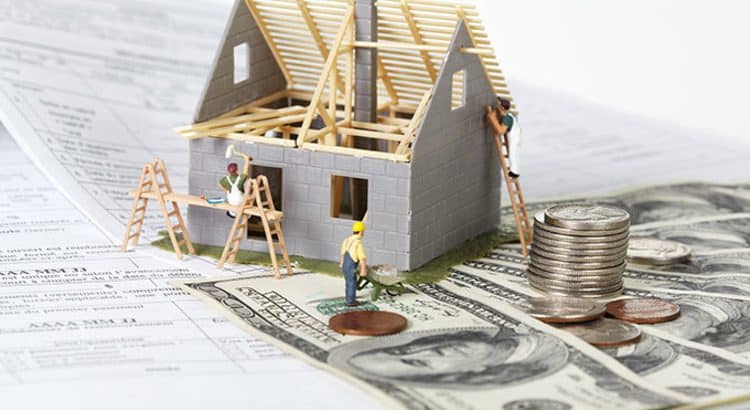As a homeowner, it’s natural to want to improve the look and functionality of your home. However, home improvements can be expensive, and not everyone has the resources to pay for them upfront. That’s where home improvement loans come in.
Home improvement loans are typically secured loans used to help homeowners finance renovations or repairs. There are many different types of home improvement loans available, including home equity loans, personal loans, and home improvement credit cards. Each of these options has its own benefits and drawbacks.
One of the most popular types of home improvement loans is a home equity loan. This type of loan allows homeowners to borrow against the equity they’ve built up in their homes. The interest rates for home equity loans are typically lower than those of other types of loans, and they often come with longer repayment terms.
Another option is a personal loan. Personal loans are unsecured, meaning borrowers don’t have to put up any collateral to secure the loan. Personal loans are often a good option for smaller home improvement projects, as they typically come with higher interest rates and shorter repayment terms than home equity loans.
If neither of these options works for you, you may also consider a home improvement credit card. These cards work like regular credit cards, but the interest rates are often lower and the rewards may be tailored specifically to home improvement projects. However, credit cards should be used with caution, as it’s easy to rack up high interest rates and fees if you don’t pay off the balance on time.
Regardless of which type of home improvement loan you choose, there are a few things to keep in mind. First, make sure you work with a reputable lender and read all the terms and conditions carefully before signing any agreements. You should also consider the total cost of the loan, including interest rates, fees, and any other charges.
Home improvement loans can be a great way to finance your renovation or repair project without breaking the bank. With a little research and careful financial planning, you can upgrade your home affordably and enjoy the benefits for years to come.








